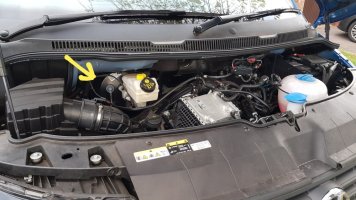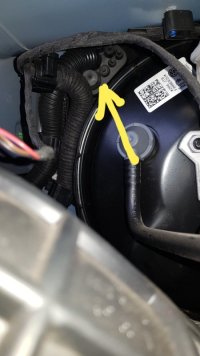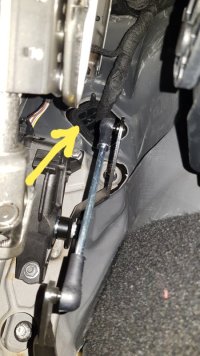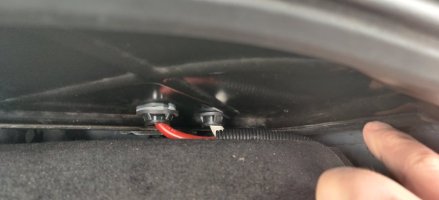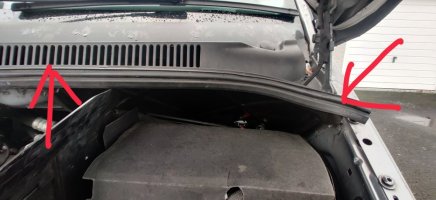Hi All,
Looking for some advice on routing the positive cable from the main battery to the DC-DC charger and leisure batteries I am fitting in the rear of my T6.1.
The easiest option is that I already have a second battery under the passenger seat, which is factory fitted to power the auxiliary heater. I could use this to power the DC-DC charger and avoid having to run a cable through the engine bulkhead, as this existing battery is already being charged by the smart alternator. Has anyone used this method before ?
If I have to run a cable through the engine bulkhead to the main battery, where is the best place to pass through the bulkhead, without drilling holes ?
Thanks for any advice
Looking for some advice on routing the positive cable from the main battery to the DC-DC charger and leisure batteries I am fitting in the rear of my T6.1.
The easiest option is that I already have a second battery under the passenger seat, which is factory fitted to power the auxiliary heater. I could use this to power the DC-DC charger and avoid having to run a cable through the engine bulkhead, as this existing battery is already being charged by the smart alternator. Has anyone used this method before ?
If I have to run a cable through the engine bulkhead to the main battery, where is the best place to pass through the bulkhead, without drilling holes ?
Thanks for any advice

